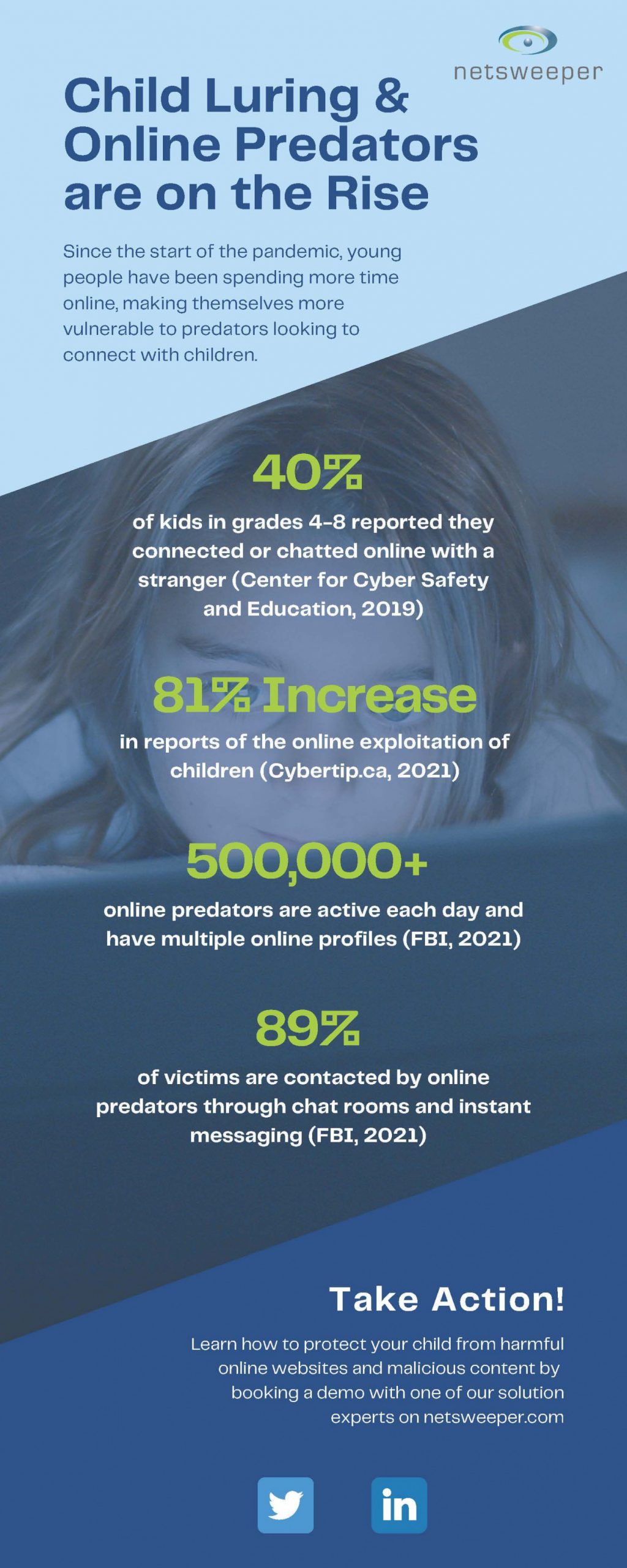The internet can be an incredible resource for children, providing them access to an abundance of information. But in this era of technology, social media platforms make it easy for children to connect with others, including predators who are using the internet to target young kids.
In the past, it was common for child predators to stalk their victims at playgrounds and shopping malls. Now their online hunting ground includes social media platforms, chat apps, and gaming apps, which has made it easy to engage with underage children from any part of the world. The story of Jonathan Bowles and Nathan Larson are just two of the many examples of how online predators prey on youth while using social media to find their victims. According to a State Department Report, predators worldwide have taken advantage of the pandemic restrictions to coerce more people into forced labor and sex trafficking, including children.

Online predators pose many security risks to children, with the most obvious one being inappropriate online relationships with a possibility of meeting offline. Children are vulnerable and it is next to impossible for parents to be aware of what their child is up to. Here are some proactive solutions to protect children online:
- Educate youth: Teach your child on how to use the internet safely and not engage in advances from online predators. This can include protecting their personal information (name, date of birth, phone number, school, address, etc.) and blocking strangers on social media platforms
- Build trust between parent and child: Have an open and trusting relationship with your child. Letting them know that they can come to you without feeling uncomfortable will make them feel safe. Learn and get familiar about the platforms your child is using (age restrictions, how to block people, etc.)
- Invest in tools: Netsweeper’s nClient extends web filtering and digital monitoring to remote devices, ensuring that children are protected everywhere. It monitors internet traffic that enables schools to provide their students with devices while remaining confident that students will not be able to browse harmful or dangerous websites or material when they take these devices home
Follow us on Twitter and LinkedIn to stay current with our content and latest blogs!
Submitted by: Natasha Pande
